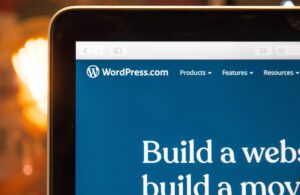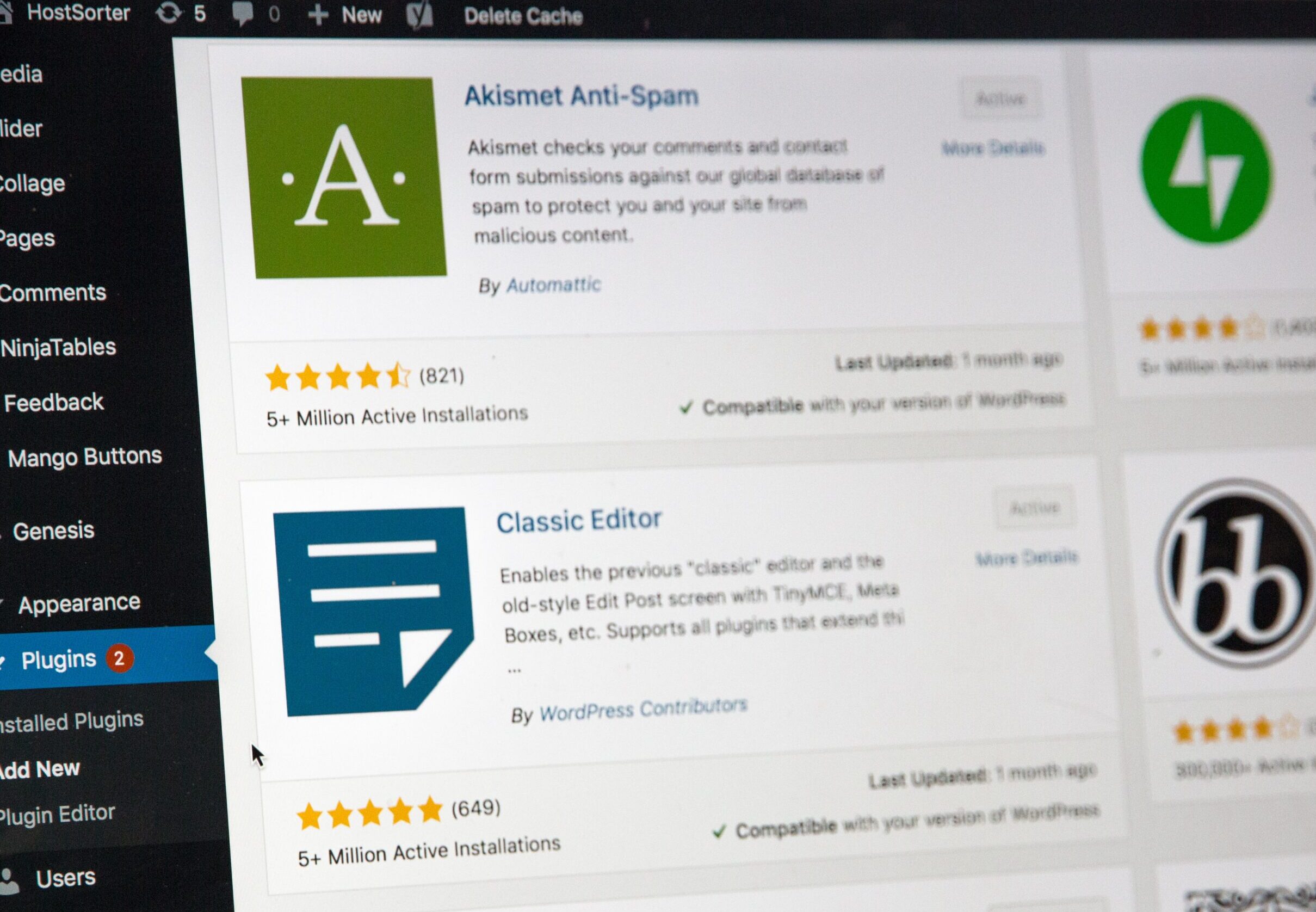Why is My WordPress Website Slow: Steps to Speed It Up

If you’re like most people, you rely on your website to make money and reach customers. But if your website is slow or sluggish, that could be a problem. Nobody likes a website that can’t keep up with the pace of modern technology. That’s why it’s important to understand why your WordPress website might be slow and how you can speed it up. In this blog post, we will explore eight steps to optimize your WordPress website and keep it running at optimal speeds. Read on to learn more!
Web Hosting
If your WordPress website is slow, there are a few potential explanations and a few steps you can take to speed it up. One possibility is that your web hosting isn’t up to snuff. Your host should offer server-level caching, at the very least. If they don’t, look into a managed WordPress host that does, such as WP Engine.

Another issue could be that you have too many plugins installed. Every plugin adds code to your site and makes more HTTP requests, which can slow things down. Try deactivating plugins one by one and seeing if that speeds up your site. If it does, you can try finding lighter alternatives or just not using that plugin at all.
It’s also possible that your theme is causing the slowness. A poorly coded theme can add a lot of bloat to your site. Try switching to a default theme like Twenty Seventeen and see if that makes a difference. If it does, you can try contacting the theme developer to see if they can help optimize their code.
Last but not least, make sure you’re using a good caching plugin. Caching helps reduce the number of requests made to your server by storing static versions of your pages and posts. A good caching plugin will make a big difference in the speed of your site
WordPress Themes
There are many factors that can contribute to a slow WordPress website. One common issue is the use of inefficient WordPress themes. While there are thousands of themes available for WordPress, not all of them are well-coded and optimized for performance. In fact, some themes can actually add unnecessary bloat and overhead to your website, resulting in slower page loading times.
If you suspect that your WordPress theme is slowing down your website, there are a few steps you can take to troubleshoot the issue. First, try switching to a different theme and see if that speeds up your site. If it does, then you know the issue is with your theme. If switching themes doesn’t help, then the next step is to check your theme’s code for any potential issues. You can do this by running your theme through a code validation tool like W3C’s Markup Validation Service. This will help you identify any errors or potential problems with your theme’s code.
Once you’ve identified any issues with your theme’s code, the next step is to contact the theme developer and ask for help fixing the problem. If they are unable or unwilling to help, then you may need to find a new theme for your WordPress site.
While it takes some time and effort to troubleshoot WordPress themes, it’s often worth it in the end. A well-coded and optimized theme can make a big difference in the speed and performance of your WordPress site.
Plugins
There are many factors that can contribute to a slow WordPress website. In this article, we will focus on one specific area – plugins.
While plugins are a great way to add functionality to your site, they can also be a major contributor to slowness. This is because each plugin adds its own code to your site, and all of this code has to be loaded every time a page is viewed.

To speed up your WordPress site, you need to be selective about the plugins you use. Only install plugins that are absolutely essential, and get rid of any that you don’t really need. If you’re not sure whether or not you need a plugin, ask yourself if there’s another way to achieve the same goal without using a plugin.
In addition to being selective about which plugins you use, you also need to make sure that they are well-coded and up-to-date. Outdated or poorly coded plugins can introduce security vulnerabilities and cause compatibility issues. So it’s important to keep an eye on the plugins you have installed and update them whenever a new version becomes available.
If your WordPress website is slow, take a look at the plugins you’re using and see if there’s anything you can do to reduce their impact on performance. By being selective about which plugins you use and keeping them up-to-date, you can help speed up your site and improve its overall security.
Images
It’s no secret that images can be heavy and significantly slow down your website. In fact, image file sizes account for over 50% of the average web page’s size. That’s why it’s important to optimize your images to ensure that they’re as small as possible without sacrificing quality.
There are a few ways you can optimize your images:
1) Resize your images to the dimensions you need them to be. There’s no point in having a 2000x2000px image on your website if it only needs to be 500x500px. By resize your images, you can drastically reduce their file size.
2) Compress your images. This is especially helpful for JPEGs and PNGs. There are a number of free online tools you can use like TinyPNG or JPEGMini.
3) Use a content delivery network (CDN). A CDN stores copies of your website’s static files (including images) on servers around the world. When someone visits your website, they’ll be served the files from the closest server, which can help improve loading times.
Caching
When it comes to WordPress websites, one of the main culprits of a slow loading website is caching. Caching is when a website stores static files on the server so that they can be served up faster to visitors. While this sounds like a good thing, it can actually cause problems if not done correctly.

There are two types of caching that can be used on WordPress websites: server-side caching and client-side caching. Server-side caching is when the server delivers a cached version of the pages to the visitor. This can speed up page load times, but it can also cause problems if the cached version is not updated often enough. Client-side caching is when the visitor’s browser stores static files so that they don’t have to be downloaded each time they visit a page. This can help speed up page load times, but it can also lead to outdated files being served up to visitors.
The best way to ensure that your WordPress website is loading quickly is to use a combination of both server-side and client-side caching. By using both types of caching, you can make sure that static files are being served up quickly and that visitors are always seeing the most up-to-date version of your website.
Database Optimization
Your WordPress website’s speed is greatly affected by your database. If you have a lot of data and/or plugins, your database can become quite bloated and slow down your site. In this case, you need to optimize your database to help speed up your WordPress site.
There are a few ways to optimize your WordPress database. You can use a plugin like WP-DBManager to help you with this. Or, you can go into your phpMyAdmin and run the following SQL queries:
OPTIMIZE TABLE `wp_options`;
REPAIR TABLE `wp_options`;
OPTIMIZE TABLE `wp_posts`;
REPAIR TABLE `wp_posts`;
OPTIMIZE TABLE `wp_comments`;
REPAIR TABLE `wp_comments`;
We hope this article has helped you understand why your WordPress website is slow and what steps you can take to speed it up. Taking the time to optimize your WordPress website will pay off in the long-run, as your visitors won’t have to wait for pages or posts to load which could lead them away from your site. By taking advantage of caching plugins, optimizing images, removing unnecessary plugins and themes, setting up a CDN, enabling GZIP compression or using a content delivery network – all of these are good starting points that should make a noticeable difference in how quickly your webpages load.





